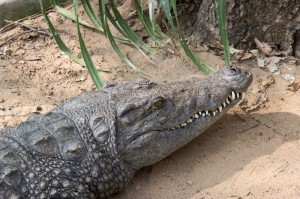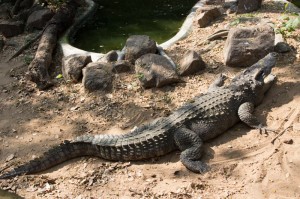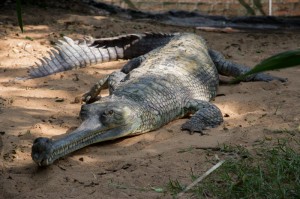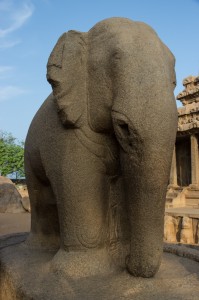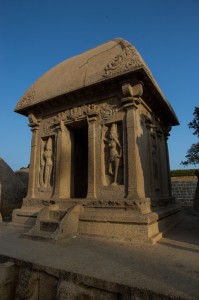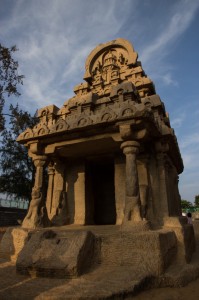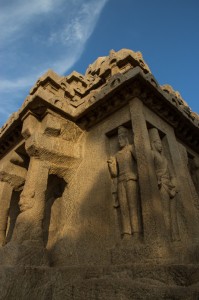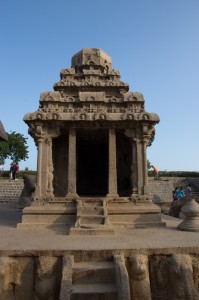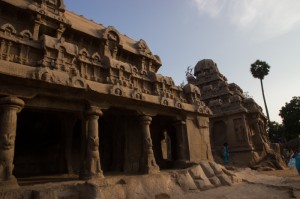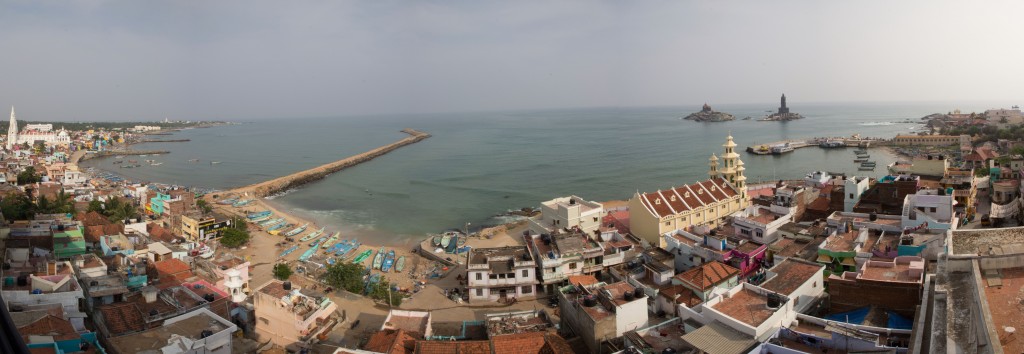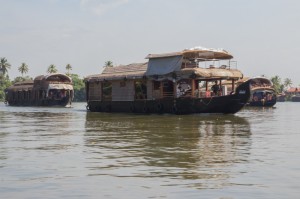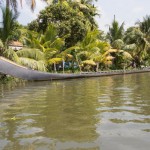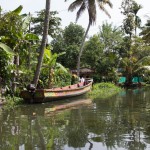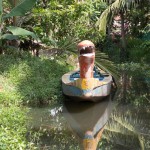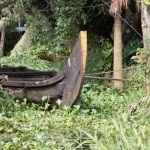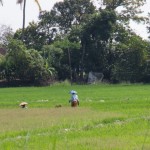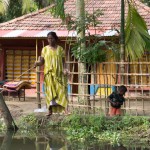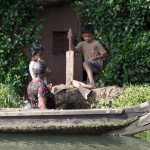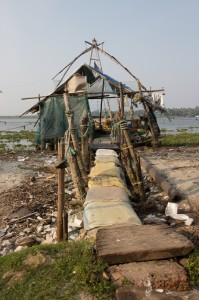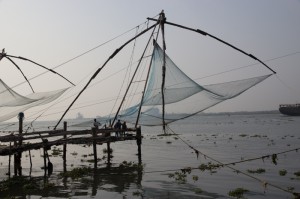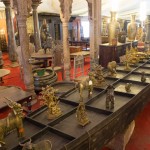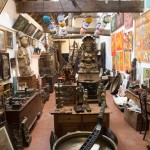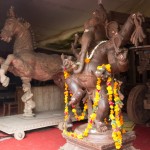The plane began its decent and I looked out through the aircraft’s oval window. The sun was setting and it cast a golden glow out over a bed of thick, rolling cloud which stretched as far as the eye could see. In some places the white cloak rose up like odd pieces of furniture, casting long shadows across this weird yet wonderful environment. The plane tipped its wing and we plunged into the midst of it, my sight immediately reduced to just a few feet along the wing. With uncanny speed the light began to fall off and a dull grey reduced my vision even more. I kept looking down expecting to break out of the cloud at any moment, and see Delhi sprawled out below, yet I was kept waiting. One by one I saw lights and suddenly I realised that this wasn’t normal cloud, but thick fog which covered the entire city. Roads appeared, lit-up in lines of red and yellow that criss-crossed and wound their way past large warehouses and blocks of buildings.
We were lower now and a slum opened out below us. Incandescent light reflected off of the tin roofs and they appeared sloped, one perched precariously upon another, sweeping forward with momentum like a wave about to break. Then they too were gone, and a stony field marked the boundary of the airport.
The fog had now enveloped the plane completely. All anyone could see was a thick, immutable and opaque wall of grey, and I could hear a murmur from the passengers behind me as we were expecting to land at any second. A slight bump signalled our touchdown, and when it became clear that the plane was slowing, a nervous applause and cheer went up from the back of the plane!
Delhi airport was much nicer than the other airports we had passed through in India. For starters the roof wasn’t falling in (Looking at you Goa), and there was more than one nasty little snack hut offering food (Thanks Chennai). In fact there was a profusion of western food outlets which blinded us with their brilliant lights and familiar smells. However we had a connecting flight to catch and only twenty minutes left in which to do so. We rushed past the Dominos, KFC and Costa Coffee, leaving them forlornly in our wake as we hurried to the next terminal and the second round of security and baggage checks.
Luckily the evening was getting on and the new terminal was practically deserted, even so we made it to our gate with just moments to spare. From the gate we were shuttled towards a small propeller plane which stood alone on the runway. We climbed aboard and took stock of our surroundings. Almost everyone on the plane had silver bangles on their wrists and turbans atop their heads. So far we had seen very few Sikhs in the south, which is mostly made up of Christians, Muslims and lots of Hindus, and we looked forward to learning about this new religion and culture. Our plane set off and we took to the skies again, this time towards the Sikh’s holy city of Amritsar, and the treasures that lay ahead.
